Duck hunting and birdwatching are age-old outdoor pursuits loved all over North America and elsewhere. But on rare occasions, a hunter or birder may come upon a duck that has a small metallic or colored band around its leg. These banded ducks are not just a novelty, but a decades-old scientific and conservation project. However, what is a banded duck, and why are they important?
This is a comprehensive article that covers all that you should know about banded ducks: their use, importance in the conservation of wildlife, what occurs when hunters collect them, and the moral implications of having them.
What Is a Banded Duck?
A banded duck is a wild duck that has been captured and placed in a small tagged band (usually metal or plastic) with a number on one of its legs, and then returned to the wild.
Banding is a technique employed by wildlife biologists and serves as an avian ID card. These bands assist scientists in tracking and monitoring the duck populations over both time and location, such as ducks migration patterns, life span, breeding, and population.
Banding is normally done during the molting or breeding season, when ducks are most congregated and are easy to band. The duck is banded after being measured, weighed, and perhaps tested, and then released.
The bands are marked with a distinctive serial number, contact information, or website address to report the recovery of the bird. And it has played a critical role in the management of waterfowl for more than 100 years.
Common Species of Banded Ducks
Not all duck species are banded equally. Wildlife agencies and conservationists prioritize banding species based on several factors, including:
- High harvest rates during hunting seasons
- Population concern, especially for threatened or declining species
- Ecological importance as indicators of wetland and habitat health
- Widespread distribution across major migratory flyways
Some of the most commonly banded duck species include:
- Mallards– The most frequently banded duck in North America due to their abundance, wide range, and popularity among hunters.
- Wood Ducks– Highly banded in the eastern U.S., known for nesting in boxes and displaying strong site fidelity.
- Northern Pintails– Banding helps track their steep population declines and shifting migration patterns.
- Teal (Blue-winged and Green-winged)– Small but numerous, they migrate early and are key indicators of wetland conditions.
- Gadwalls– A central flyway favorite, often targeted in population dynamics studies.
- Canvasbacks– Banded for habitat-specific studies, particularly in prairie pothole and delta regions.
- American Black Ducks– Important for Atlantic Flyway monitoring due to hybridization concerns and habitat loss.
Other species like Redheads, Wigeons, and Scaup are also banded, especially in targeted studies or regional conservation efforts.
Who Bands These Ducks?
The process of duck banding requires a massive outreach of specialists and volunteers who have received training. People involved in bonding are:
- The U.S. Geological Survey, Bird Banding Laboratory, and the Canadian Wildlife Service, federal organizations that manage large-scale, long-term banding programs.
- The state and provincial wildlife agencies, which have typically dealt with localized banding, particularly during the breeding or molting seasons.
- The non-profit conservation groups such as Ducks Unlimited, Delta Waterfowl, and the Nature Conservancy of Canada. They provide funding to research and habitat-based banding programs.
- University-based academic researchers who undergo focused ecological or behavioral research.
- Trained citizen scientists and volunteers, who assist in capturing, banding, and releasing ducks under supervision.
Such groups tend to work together with standardized methods of banding, GPS mapping, and digital reporting systems to provide accurate, reliable, and useful data across international boundaries.
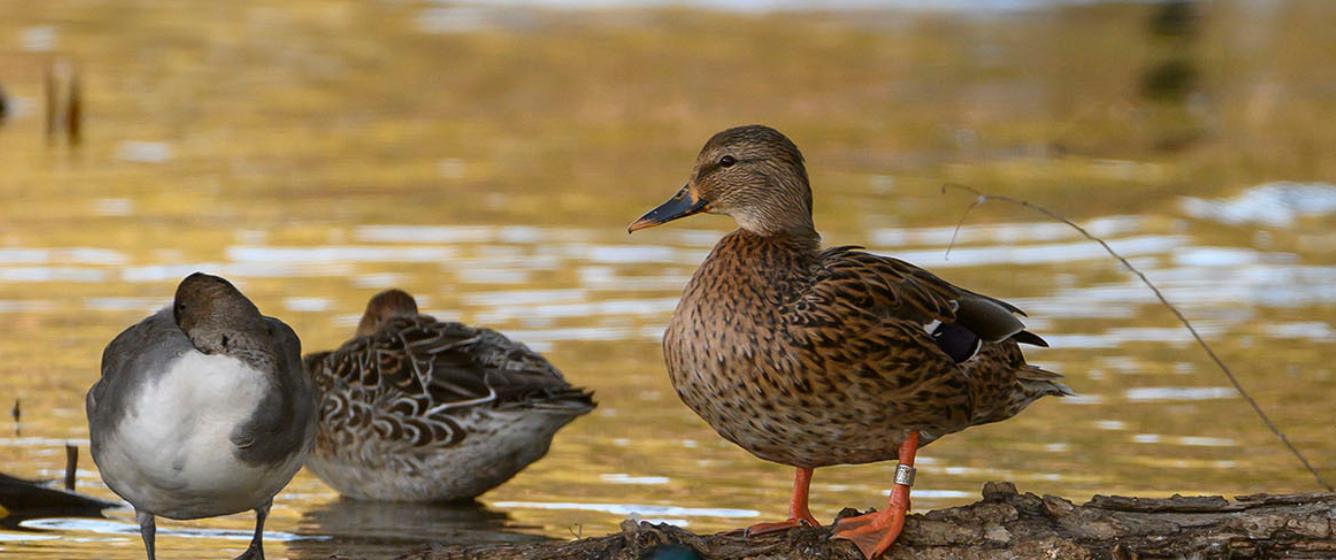
image source: californiawaterfowl
Why Are Banded Ducks Special?
A banded duck to the ordinary hunter is like treasure found. Bands are uncommon, and few of the wild ducks marked annually are taken. To a scientist, the banded ducks are a secret key to migration. To hunters, they are their mark of pride.
Bands themselves are not mere metallic tags but are a representation of science, conservation, and outdoor recreation.
Duck banding serves several critical purposes:
1. Migration Tracking
Bands enable researchers to monitor the migration routes that ducks take, how far they migrate, and which particular migration routes they follow (e.g., Atlantic, Mississippi, Central, or Pacific flyways). This tracking gives information on seasonal trends, stopover points, and climatically influenced changes in the timing of the migration.
The data is also vital in determining the international conservation priorities as well as facilitating the management of flyway-specific zones and limits on hunting.
2. Population Studies
Observing band returns, the scientists can estimate the survival, reproductive success, longevity, and mortality causes. This is useful in separating natural declines and pressures caused by people.
Banding datasets need to be constructed over the long term in order to perform population modeling and species recovery programs. And also to know how loss of habitat or climate change affects the number of birds.
3. Harvest Monitoring
Hunter harvest reports enable the agencies to assess the effects of hunting on certain species of ducks. Harvest rates can be estimated, and the bag limits or season dates can be adjusted by agencies. This brings about sustainable hunting that does not impose a threat to the survival of duck populations in the long term.
4. Conservation Planning
Banding information determines important breeding, staging, molting, and wintering areas. Such knowledge enables conservationists to focus on restoring wetlands.
Safeguarding important habitats and instituting policies that will not only help ducks but also entire ecosystems. The specific investments in habitat are usually informed by the trends, as shown by years of recoveries on the banding.
What Hunters Do With Banded Ducks?
Curious about if you can hunt those ducks during the hunting seasons? Now, let’s find out what hunters do with banded ducks and other legalities to harvest those ducks.
What Does It Mean for Hunters to Harvest a Banded Duck?
It is an exciting and important moment when a hunter gets a duck and sees a leg band. The band associates that bird with a past of data gathering and research. The number of the band is strongly encouraged. In many cases required to be reported by the hunter, including the date and location of the recovery.
Banded ducks are considered to be trophies to many hunters, and some even mount them or retain the bands as souvenirs. There are hardcore waterfowlers who put bands on their lanyards as medals.
Is There Any Legal Requirement For Harvest?
Yes. It is perfectly legal to take a banded duck at open season, so long as the hunter complies with local, state, and federal hunting regulations (licenses, limits, shooting time, etc.).
Nevertheless, recovery of a banded duck is legally required to be reported. The hunters in the U.S. and Canada are able to report banded birds at reportband.gov.
After being reported, the hunters are awarded a certificate of appreciation. Also, some information concerning the bird, such as the time and location of banding.
Failure to report bands is not criminal in all jurisdictions, but limits the scientific value of the banding effort and may adversely affect conservation research.
What Happens If You Shoot a Banded Duck?
Thinkfully inspect the band on the leg of the duck. Make a clear photograph of the band or take the unique identification number. A band can also be engraved with some contact information or a web address.
You can do the following to provide valuable information for duck population sustainability:
- Record the Band Number: Carefully examine the duck’s leg for the band. Take a clear photo of the band or write down the unique identification number. Some bands may also have contact details or a website address engraved on them.
- Report the Band: Visit reportband.gov, the official U.S. Geological Survey website, and do what it says to report your recovery. You will be expected to give the band number, the date, and the place of the harvest, together with information regarding how you got the duck.
- Receive a Certificate of Appreciation: When reported, you will get a certificate concerning the duck-where and when it was banded, how old it was when banded, the species, and the organization that carried out the banding. To most hunters, this certificate turns into a source of pride.
- Keep the Band (Optional): You can take the band home as a personal souvenir. Lots of hunters wear the bands on lanyards, affix them to equipment, or as part of a taxidermy mount. There are even those who use bands as a kind of hunting legacy by collecting them.
Note: Reporting a band is not an option. It is a necessity when it comes to keeping correct conservation data. Always make the report even when you do not want to retain the band. Your action is part of decades of migration and population studies. This will aid in the protection of waterfowl in North America.
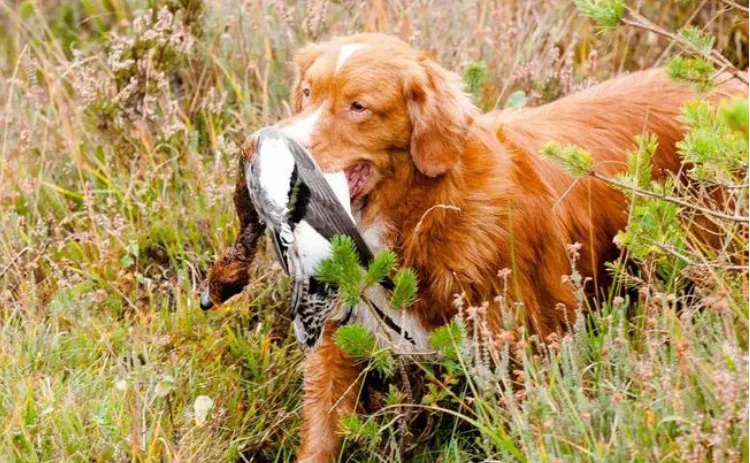
Ethical Concerns About Banded Ducks
What Are Some Ethical Issues Raised?
Although the enthusiasm towards harvesting a banded duck is reasonable, one needs to ponder the moral aspect of it.
1. Targeting Banded Ducks
Some hunters will make the effort to shoot ducks that seem banded. With the use of binoculars and scoping flocks in search of leg bands. Such an act may be regarded as being immoral and a drawback to the objective of random sampling of a population.
2. Not Reporting the Band
Failing to report a recovered band diminishes the scientific value of the banding program. It’s a missed opportunity to contribute to decades of waterfowl research.
3. Selling or Trading Bands
The sale of waterfowl bands (e.g., on collector sites) commodifies a tool meant for science and can create black-market interest in band hunting.
How To Promote Ethical Behaviors?
The last, let’s talk about how we can all do our part to keep things ethical out there regarding hunting banded ducks.
For Hunters:
- Always report banded ducks.
- Avoid targeting visible bands.
- Educate others about the importance of duck banding and conservation.
- Promote fair chase ethics in duck hunting.
First off, if you happen to come across a banded duck, make sure you report it. It’s super important for tracking populations and understanding migration patterns. Plus, it helps with conservation efforts, which is something we should all care about.
Now, when you’re out there hunting, try to avoid going after ducks just because you can see their bands. It’s tempting, but remember that every hunt should be about the fair chase.
We’re not just here to rack up numbers; we want to respect the game and the environment. So, take the time to educate your buddies about why duck banding matters. Share the knowledge and get everyone on board with the conservation message.
For Wildlife Agencies:
- Continue public outreach on the value of banding programs.
- Provide easy-to-use reporting tools.
- Incentivize ethical behavior with recognition certificates and educational content.
- Collaborate with hunting organizations to spread awareness.
Wildlife agencies have a role to play too, for sure. They need to keep pushing the word out about why banding programs are valuable. If they can provide simple ways to report those bands, that’d make life easier for us hunters.
And how about some recognition for those of us who are doing the right thing? Certificates or educational content could really motivate folks to stick to ethical practices.
It would be great to see agencies teaming up with hunting organizations to spread the word even further. Together, we can ensure that hunting remains a responsible and rewarding experience for everyone involved.
Ethical hunting ensures that banding remains a scientifically reliable method for population studies and that future generations can continue to enjoy both the thrill of the hunt and the beauty of waterfowl migration.
Conclusion
Banded ducks are not merely an add-on to waterfowl hunting or birdwatching. They speak without making sounds; they are bearers of the message of migration, conservation, and scientific discovery. To hunters, it is both exciting to see one and it is also a matter of duty to be part of a much greater narrative of wildlife management.
You are in the blind with your retriever, or you are looking through binoculars at flocks. You need to remember that the little band around the leg of a duck is a link to decades of studies, a fraternity of conservationists, and the wildness of migration itself. Respect it, report it, and pass on the story.


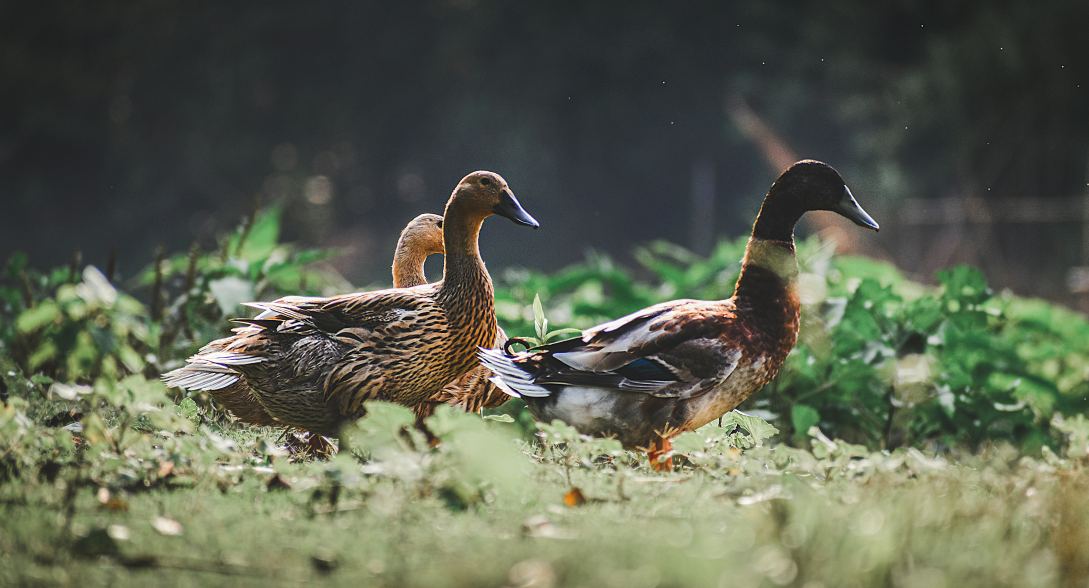


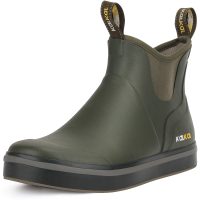






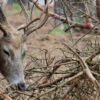
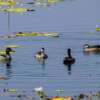
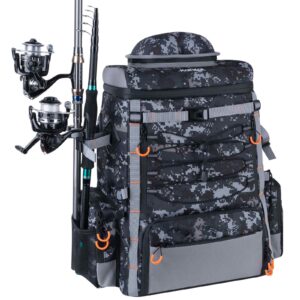
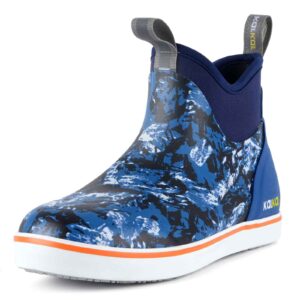

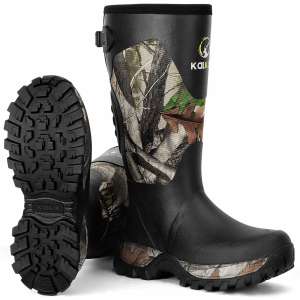
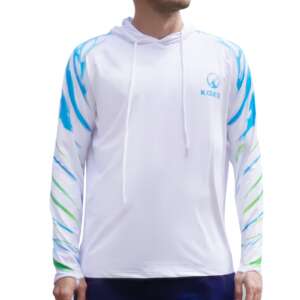


Leave a reply